|
Balenciaga: Shaping Fashion Victoria and Albert Museum London Open 27 May 2017 – 18 February 2018 The latest blockbuster fashion exhibition recently opened at the V&A and features the work of celebrated couturier Christóbal Balenciaga. The exhibition focuses mainly on his work in the 1950s and ‘60s and his influence on contemporary fashion and designers. The V&A holds an extensive collection of garments, hats and associated papers from this period and this collection makes up much of the exhibition with other notable loans from around the world as well as work of designers who worked with or were inspired by him. It is not simply an insight into the designer and his garments but gives you the context of how his couture business worked – in his salon in Paris, his sister company Eisa in Spain and how his designs were licenced to high-end department stores around the world. His links with embroidery ateliers, fabric manufacturers and his place in the Golden Age of Couture have their place in the exhibition. Balenciaga was revered in time by his clients, other designers and the press. Described by Christian Dior, “Haute Couture is like an orchestra whose conductor is Balenciaga”, he opened his first fashion house in San Sebastien in 1917 and so this centenary year (and the 80th anniversary of the opening of his fashion house on Rue George V in Paris) provides perfect timing to look more closely at his work. In having been introduced to fashion by his seamstress mother and apprenticed to a tailor aged twelve, Balenciaga became skilled in all aspects of making clothes and understanding fabric. This informed his insistence of creating a perfect fit around the neck, shoulders and sleeves which would then create a framework for tailoring a client’s measurements to a finished garment. Having this solid foundation meant that his innovations in shape, playing with the idea of concealing and revealing and introducing an ‘easy line’ (looser fitting clothes, stand-away collar and three-quarter length sleeves) would not be to the detriment of meticulous tailoring. It is this aspect of his work that is most prevalent in the exhibition. Many of the pieces on show demonstrate experimentation with form, shape and construction whilst still maintaining a perfectly constructed and tailored shape. Couture garments that have the Avant Garde aesthetic are in abundance; the Envelope Dress is a great example of something that looks fabulous if totally impractical for wearing for any length of time. The emerald evening dress and cape from 1951 demonstrated how clever manipulation of fabric with bold shapes could create a sophisticated and unique look whilst still being unlike anything in fashion you could find at the time. To be so ahead the game at the time of Dior’s ‘New Look’ typified why Balenciaga is still revered today. Abstractions of the body that signify deviations from the norm will always provide a striking silhouette when coupled with the perfect fit. Some of the other notable pieces show an exploration of shape and form through the pattern cutting. This is demonstrated perfectly by the Tulip Dress. This particular piece brings us to another highlight of the exhibition in how the V&A presents this aspect of Balenciaga’s design. The Tulip Dress is one of the garments that students of the London College of Fashion took the pattern from the original garment, digitised the pieces and animated into a video. Several of these accompany particular dresses and show how a flat piece of fabric can be brought to life (and in Balenciaga’s case, with very few seams) and show the shape being created. These videos are fascinating for anyone wanting to see how the designer can visualise the coming together of a garment from what is, to the untrained eye, odd-shaped pattern pieces. The beauty of seeing the flat patterns come alive before your eyes is worth several viewings. Animations of this type were used at the Charles James: Beyond Fashion exhibition in 2014 at the Metropolitan Museum of Art and for fashion and design exhibitions, it is one of the most exciting ways of bringing an exhibition to life. Recently, the V&A adopted this in Opus Anglicanum (see review here) and it was fantastic. Also part of the exhibition is the work of x-ray artist Nick Veasey who has created a series of images from the original pieces which are displayed as ‘skeletons’ alongside the finished pieces. This is particularly fascinating knowing that many of the garments are too delicate for the kind of exploration into construction that would be required to find out some of the detail that these x-rays reveal. You can see where dress weights are precisely placed to allow the fabric to hang correctly or how carefully bodices are boned. You get to see the attention to detail in pieces where the fit is relaxed and these photos give another dimension to the display of the pieces and further reinforces the reason why Balenciaga’s designs were so prized. There are some exquisite couture gowns on display, particularly those of wealthy and famous clients such as Ava Gardner, Elizabeth Parke Firestone and Gloria Guiness. Haute Couture embroidery by Lesage, decorations done by Paco Rabanne and the use of ostrich feathers in embellishments really highlight the luxury and craftmanship of these pieces. Being able to see embroidery samples next to finished pieces was a great way to see how embroidery design can be developed into a complete garment. Once Balenciaga closed his salon in 1968, the world of couture was shifting and this is reflected in the section that deals with his legacy. The modern pieces of other designers who worked with Balenciaga, were or continue to be inspired by him are exquisite but they are mostly ‘ready to wear’ and produced in greater numbers to reflect market conditions. The garments on display are exciting in their approach and take some of the biggest names in fashion. From the beautiful embroidery and beading of Yves Saint Laurent, Oscar de la Renta and Hubert Givenchy to Paco Rabanne's Evening Mini-Dress (below) which was made with metal wire and plastic pailettes using jewellery making techniques rather than stitching. Modern times come with designers such as Issey Miyake’s exquisite pleated dresses, Phoebe Philo’s pared back look to the more Avant Garde looks of Hussain Chalayan’s laser cut tulle dress or Josep Font’s wonderful simply sculpted jacket. They reflect the excitement of fashion today and how the designers will always push the boundaries of convention and experimentation. Each piece is drawn back to the influence of Balenciaga and you can assimilate how important his style and approach to couture and design were. This exhibition has so much to offer. If you are interested in couture, construction of garments, attention to detail, experimentation and innovation of style and how all that fitted into the changes in fashion in the mid-Twentieth Century then you have it all there. If you are interested in contemporary fashion you can get a glimpse of how designers use the past to push forward and how the great designers of the Twentieth Century still have so much to teach. Balenciaga: Shaping Fashion is also accompanied by a publication by the V&A which you can read my review of here.
6 Comments
5/30/2019 04:15:41 am
Samantha packer is the best artist and the review of the exhibition is presented on the site about the all kind and the regard way. The shaping the fashion by making the platform cool is the hobby of the designer and due to this factor she is famous.
Reply
6/14/2023 11:46:54 pm
Because the piece you wrote is truly original and conclusive for new compendiums, I am truly pleased with your blog.
Reply
7/9/2023 11:04:41 pm
Thank you for pointing out that purchasing a dress for the appropriate season should be your first step. I've been trying to figure out how to buy a dress for the summer. In order to find something that will be both comfortable and fashionable for the season, I will need to keep your suggestions in mind.
Reply
Leave a Reply. |
Proudly powered by Weebly
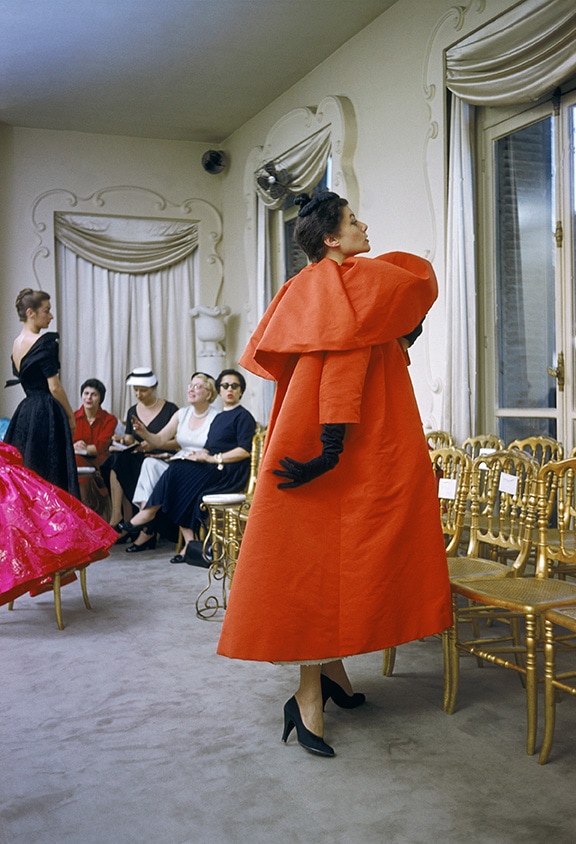
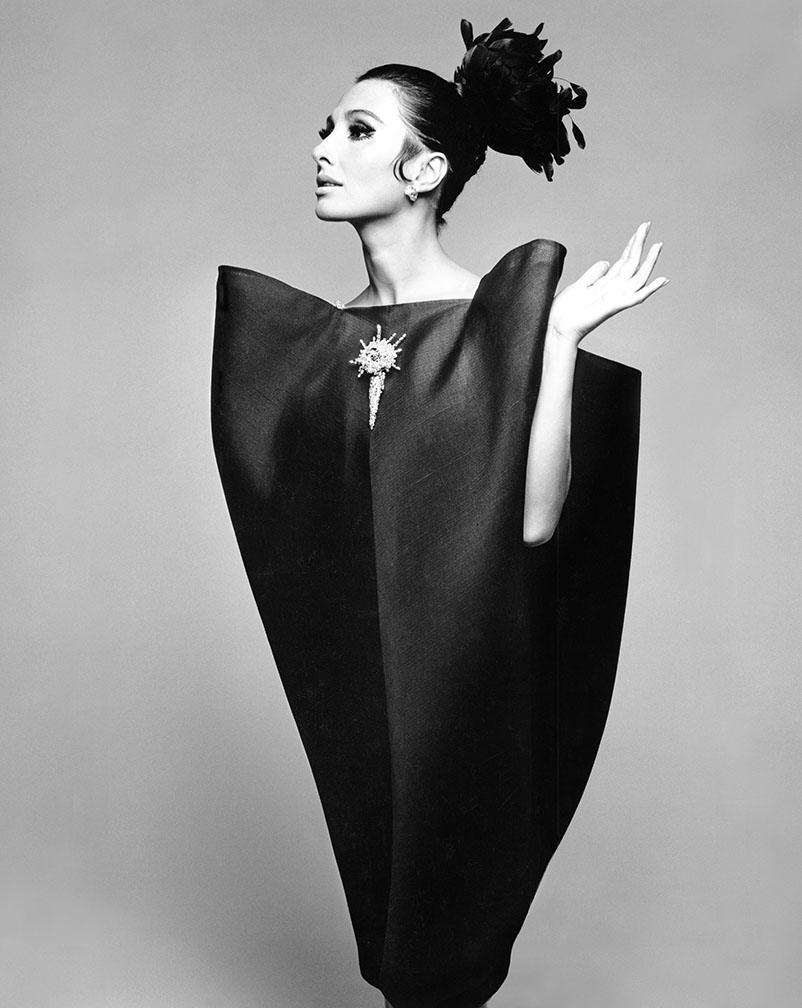
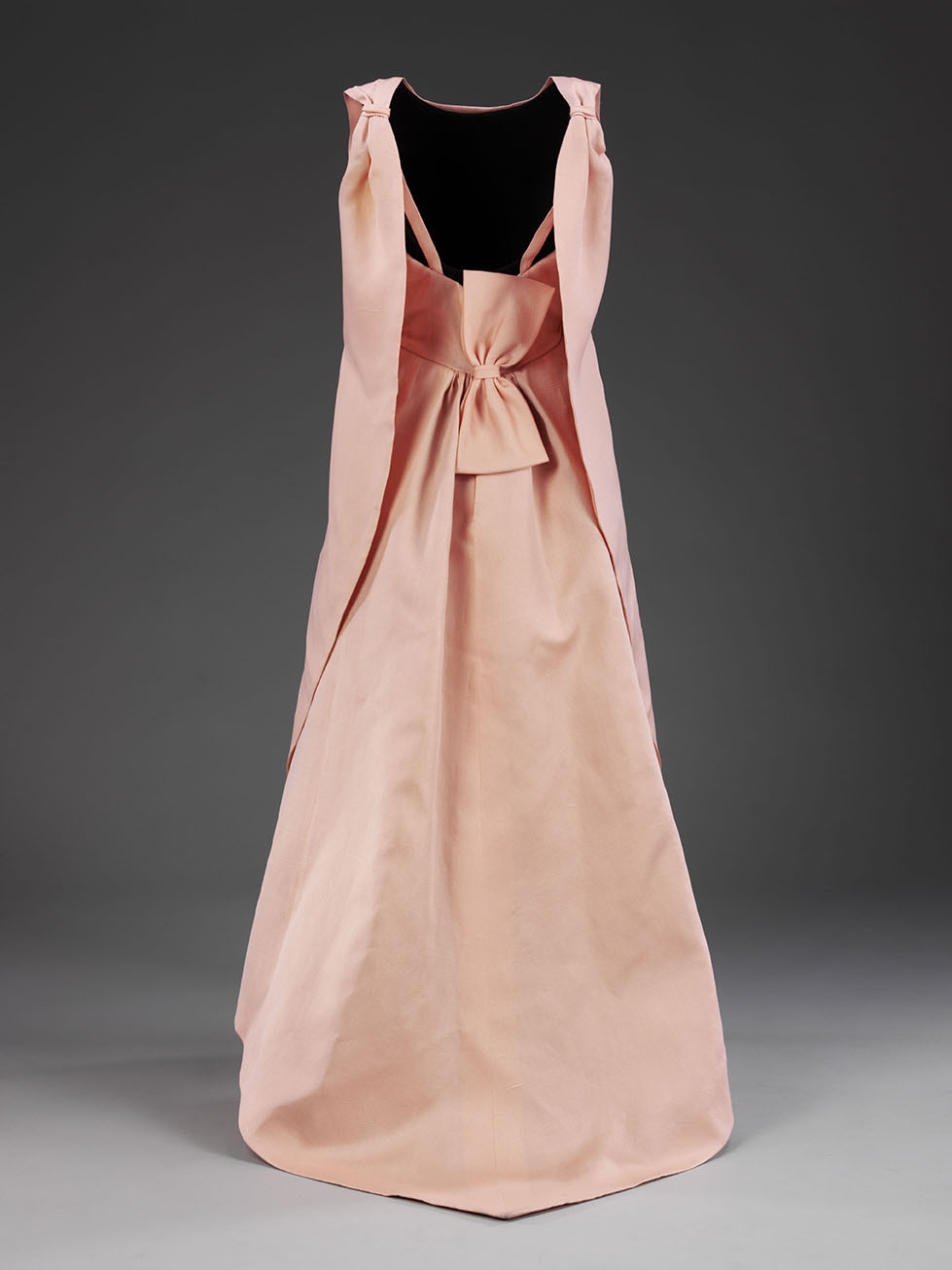
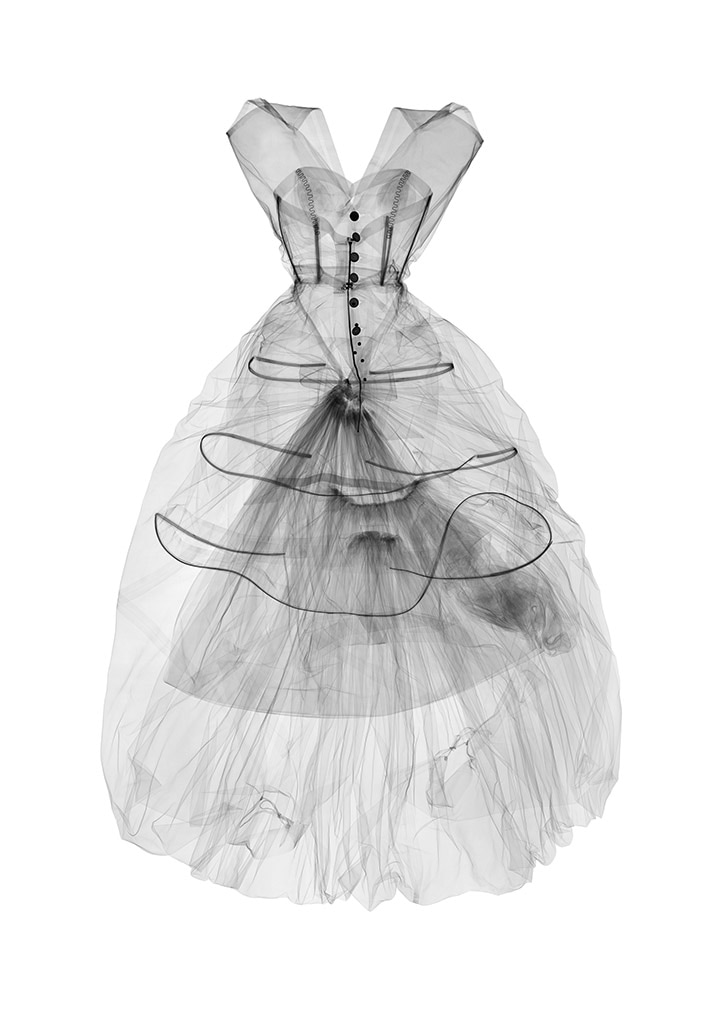
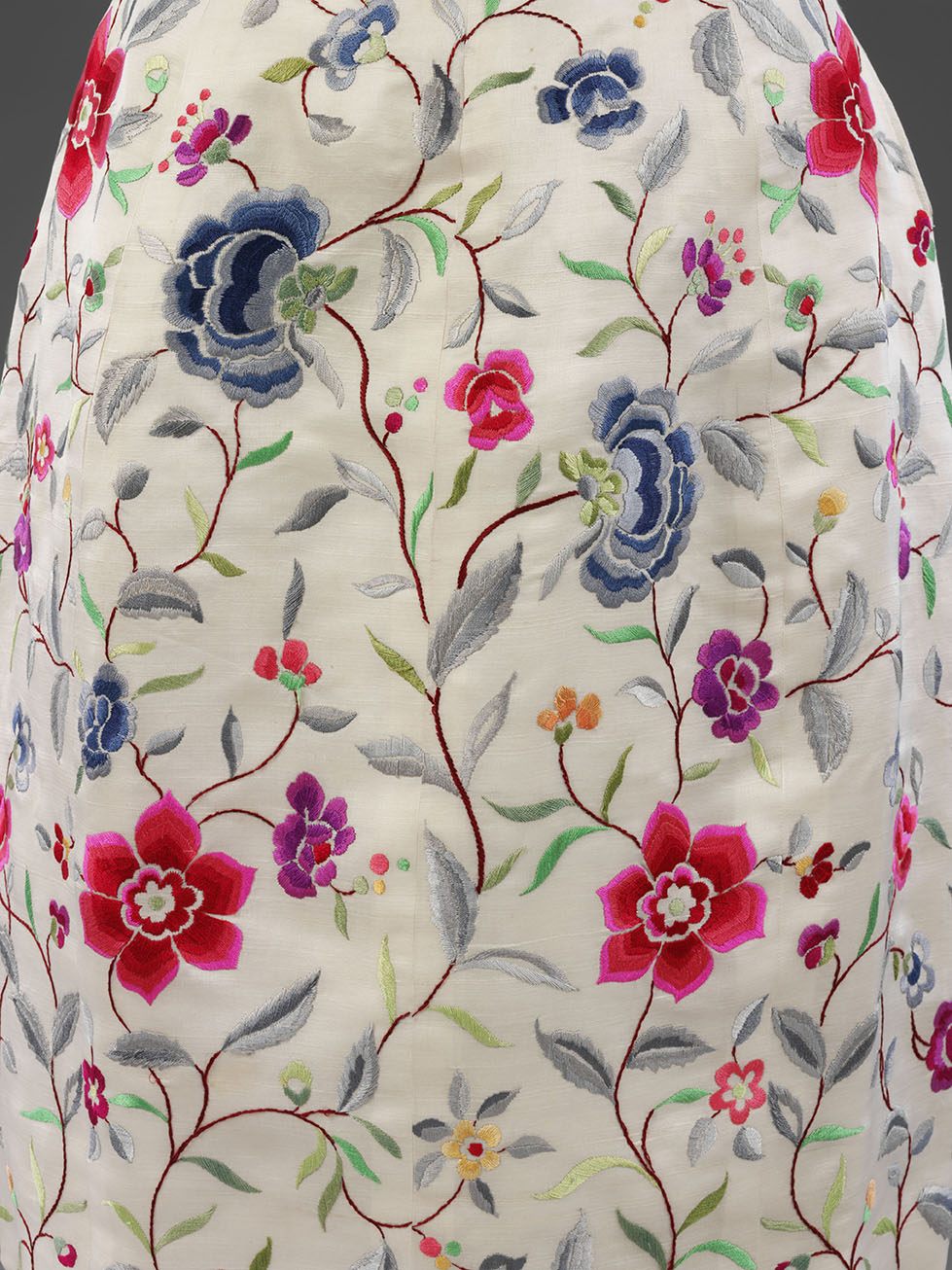
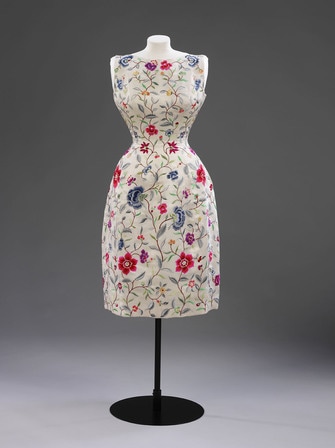
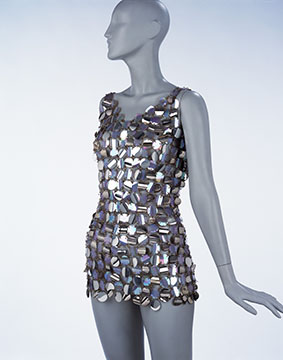
 RSS Feed
RSS Feed